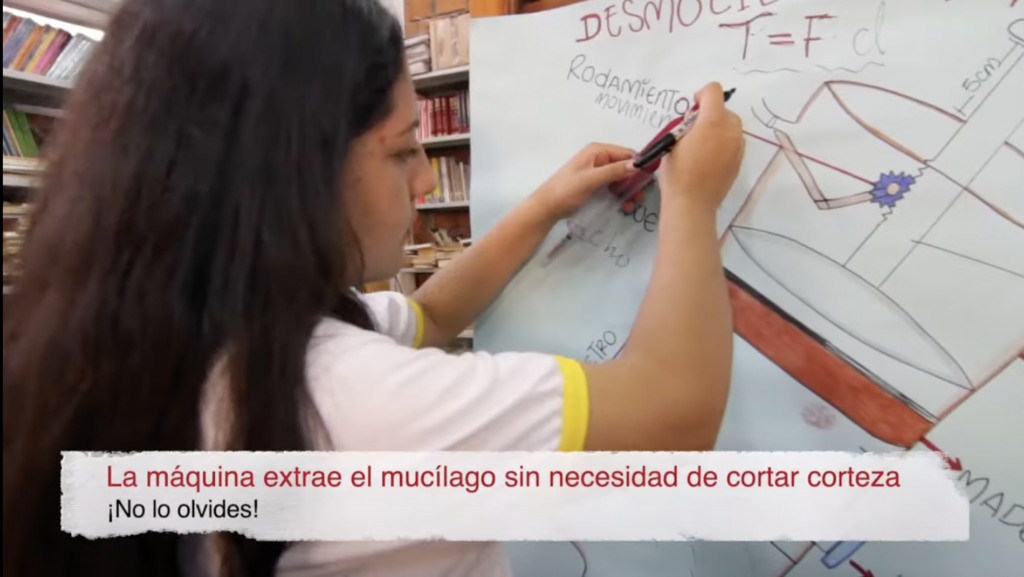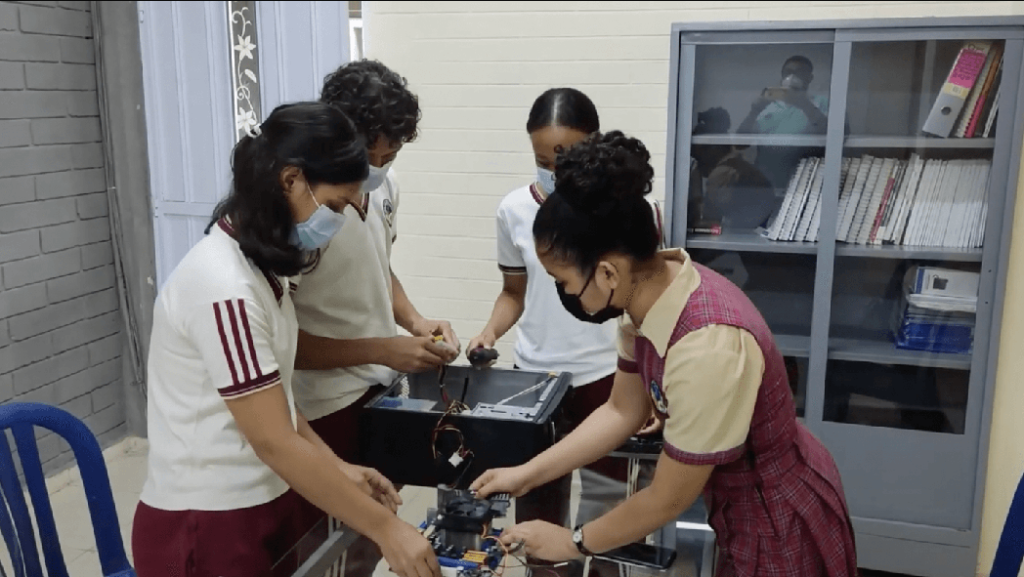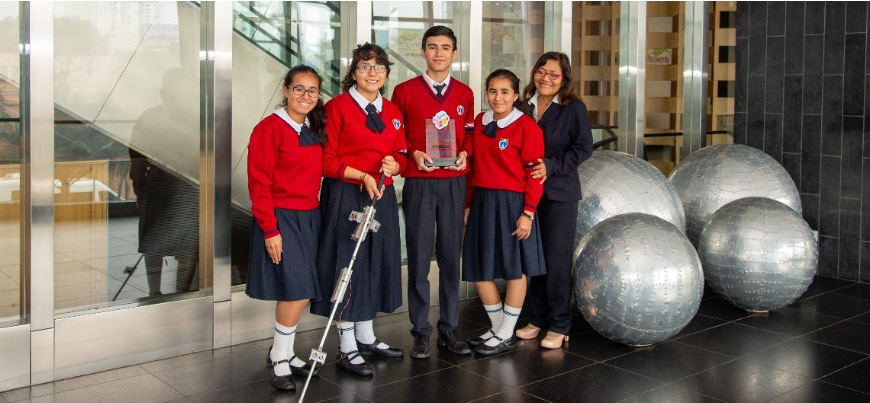Project gallery

Kartic biofilters
Report sent by the Teacher
Walter AcostaSchool
EES T N° 1 “Crucero ARA General Belgrano” Ingeniero White, Bahía Blanca, Província de Buenos Aires, ArgentinaProject team composition
Agustín Manguello, Karla Bustamante, Victoria Wesner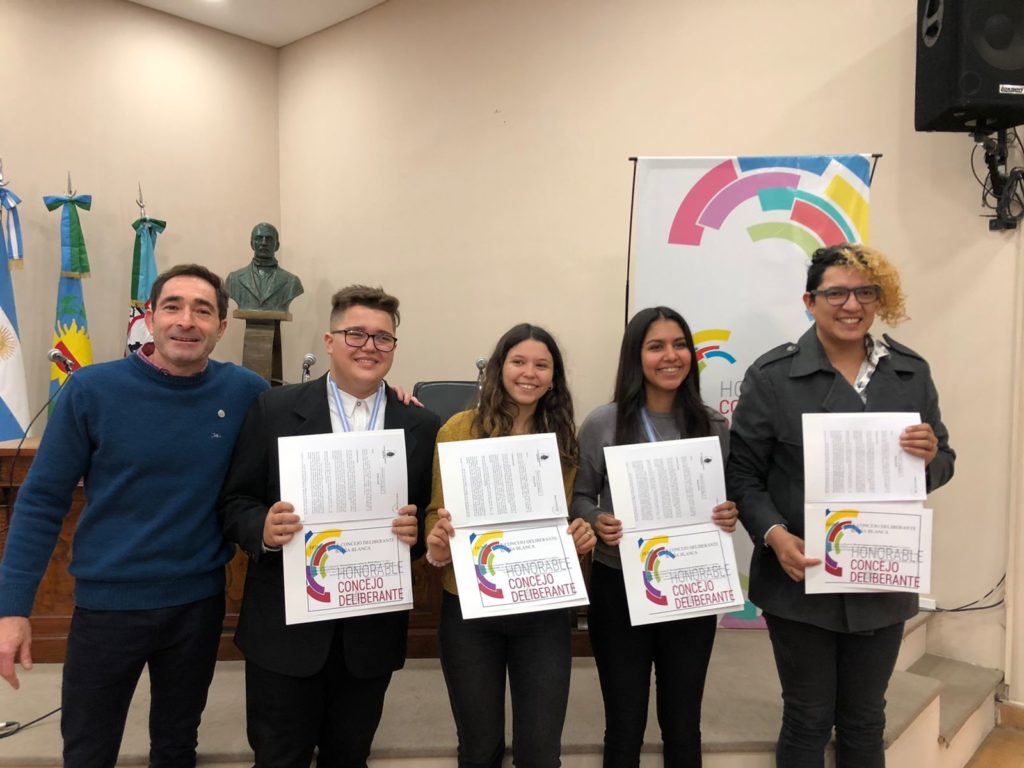
Age of students
18 to 20 years oldOther areas of knowledge
Languages (Portuguese, English, Spanish, native languages, etc.), Social Sciences or Sociology, Arts (visual arts, cinema, music, etc.)Project duration
For more than a yearSoft skills
Collaboration, Communication, Creativity, Critical thinkingSTEM areas
Engineering, Math, Sciences, TechnologyEmpathy: learning from people’s values and needs
Project objective, problem to be solved, and main actions
The main objective of the project was the creation of a filter for the washing machine outlet hose to absorb microplastics from the washing of synthetic clothes.
The problem that was tried to solve is the reduction of microplastics in the environment. About 37% of the microplastics generated belong to clothes washing. By not taking concrete actions against it, health situations could be aggravated, since these residues have already been found in human blood. This international issue is not yet being heavily investigated (compared to other fields).
In 2020, due to the isolation in Argentina, many face-to-face school activities were affected, as well as the pedagogical continuity of many students. To encourage them to research and get closer to science, I planned to participate in informative research meetings at the Universidad Nacional del Sur, in the city of Bahía Blanca; They were carried out via zoom and aimed to disseminate local scientific works. One of these spoke of the eutrophication of coastal waters due to sewage and its effect on biodiversity; in addition, they added the effects of some heavy metals from the petrochemical complex within all named residues, spoke superficially (only named, not in-depth) of microplastics from clothes washing and macroplastics (bottles, toys, etc.). This was the topic that shocked the students, and even more so when they discovered that there is no scientific literature that studies this problem. Currently, a lot of research is being done on this subject as the negative effects it has on human health have been discovered.
The first actions we took were to collect scientific information about the problem; I try to obtain scientific articles or theses from reliable sources. In my classes, I propose project work, so this was another one that my students were thinking about, always trying to apply scientific knowledge and creating a prototype; achieving that this form of work, places them in an active role and not as passive as is widely given in the educational system. The problem, as I said before, arose after discussing a lecture on “pollutants in the estuary” where microplastics were mentioned above. As the talk only talked about the problem, my question to the students was what can we do to reduce the impact of microplastics on our backs? (since the scientists expressly said they weren’t looking for a solution to the contamination, just to show off the collected data).
Definition: better understanding of the challenges
Deepening into the issue and involvement of the school and local community
Through the teacher’s guide, a sample of people’s interests in recycling, treatment, and frequency of washing was collected, in addition to the knowledge of the community on the subject. This was achieved through an interview via a google form, collecting a lot of data variability.
We proceeded to search for scientific literature that gives an account of the impact on the environment-society relationship. An earlier washing machine prototype was not known, as students were unknowingly designing a solution on the same level as European scientists. Note that the students’ idea was formed in 2020 when there was no prototype as such.
The only solution was to investigate and design from their thoughts a possible product to reduce the microplastics eliminated in the washing of clothes.
We had an important mobilization of all sectors, schools, students, universities, and the municipality itself. They contacted the students and made the problem we were studying visible.
As there was interest in the solution developed by the students, members of the Universidad Nacional del Sur and other universities approached to talk about what had been done (tests, costs, etc.).
Ideation: developing creative solutions
The development of the solution
To develop the idea, we did the steps below:
- Detect the problem and quantify it.
This was complicated because we didn’t have the necessary instrumentation to look at dirty laundry samples under a microscope. It was possible to solve it by obtaining, through the teacher, the resources and instruments that they lent us to achieve this objective. Within this point we also had to characterize the samples, color, smell, and suspended particles (their size); - Think of a solution according to the problem;
- Design the prototype.
It was necessary to learn to model on CAD platforms, to then generate G-code codes for 3D printing; - Test the prototype.
All this was thought under the STEM methodology, which seeks for students to play an active role, and where the teacher is a guide in the construction-creation process.
Prototype: making ideas tangible
The construction of the prototype
To build the system, we integrated sensors to acquire data from the various parameters of the human body and transmit and process the data through IoT and Artificial Intelligence applications.
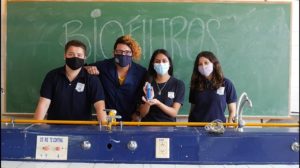
Test: putting ideas out into the world
Evaluation of the process and the developed solution
An evaluation was made through a report and presentation of the work at the school’s annual exhibition, they took a stand, and publicized not only their work but also the problem. The process, being accompanied at each stage, is evaluated.
Reflections and pedagogical practices
The value of participating in Samsung Solve for Tomorrow
Because they receive tools that are often not given at school (orality, search for information, etc.).
Achievements and advances perceived by the teacher, throughout the process
Group unity and meaningful learning.
Challenges faced
It is a pioneering idea, as the device is unique and is on par with European models that have the same gestation period.
Learning incorporated into the teacher’s routine and practice
I have already worked in STEM because I am at Universidad Nacional del Sur with this type of active methodologies, which helps us to publish and present works at conferences. The SFT gave me the part of encouraging students to work on orality, something that is lacking, as there are many complications in expressing ideas, or arguments.
Discover the related Inspirational case
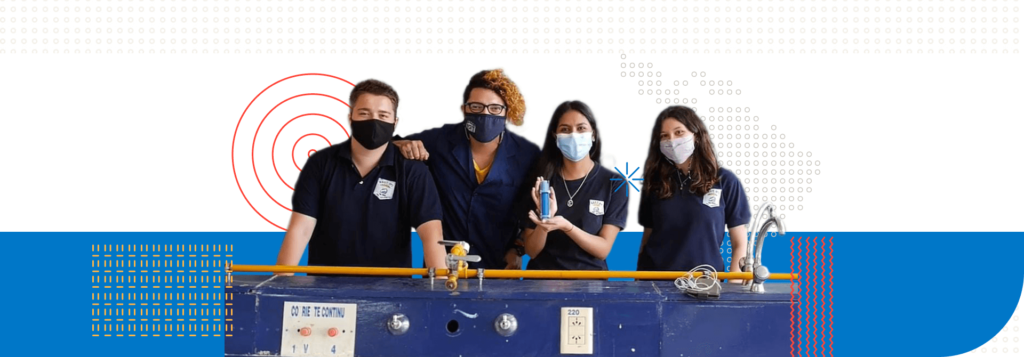
Argentina

Winner
Young Argentines develop a device to capture microplastics
Supported by a teacher, the innovation filters waste released by washing clothes that is toxic to human health.
